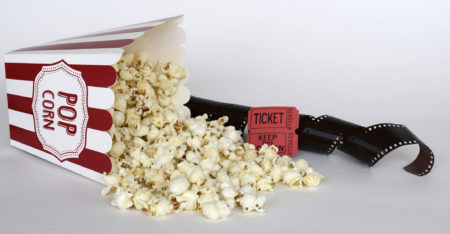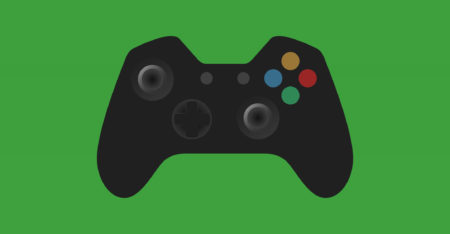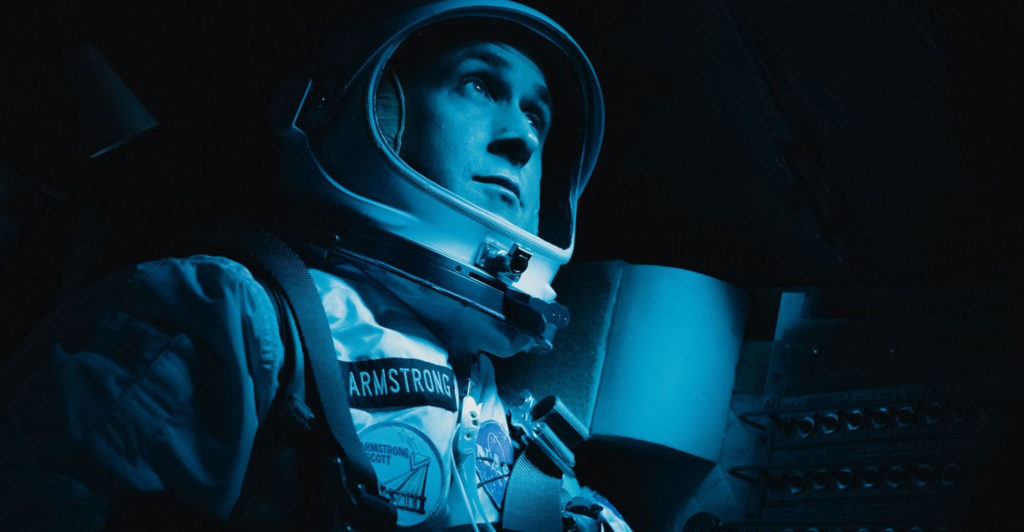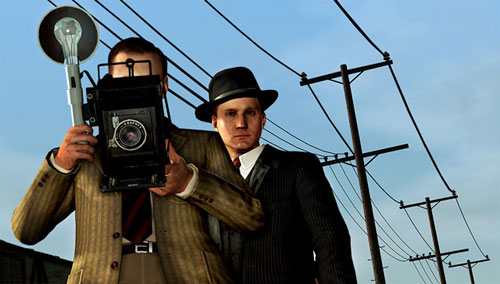
LA Noire is as deeply flawed and oddly compelling as the hero of a hardboiled detective story.
Rockstar’s videogame take on the film noir is a staggeringly ambitious crack at a truly grown-up videogame in a market where “mature” usually means blood and boobies. But its sometimes brilliant storytelling is marred by shaky gameplay, pacing issues and a bloated running time.
LA Noire was developed by Team Bondi rather than by the Rockstar studios responsible for the Grand Theft Auto and Red Dead Redemption games. The Sydney-based studio is largely made up of people who worked on the PlayStation 2 hit The Getaway, including studio head Brendan McNamara.
That game proves to be a better reference point for LA Noire than any of Rockstar’s open-world epics. Just as The Getaway tried to translate British gangster films into videogame format, LA Noire is a cinematic experience that borrows heavily from classic 1940s and 50s film noir and neo-noirs like Chinatown and LA Confidential.
LA Noire’s hook is an impressive facial animation technology called Motion Scan. The technology uses multiple high-definition cameras to capture an actor’s facial expressions in 3D for use within the game’s engine. The results are startlingly life-like, even if some of the facial performances are a bit exaggerated.
There is no doubt that LA Noire surpasses Heavy Rain to set a new benchmark for facial animation in a videogame. Sadly, the Motion Scan technology wasn’t used for the body animations, so they do look a little jerky and wooden compared to the facial work.
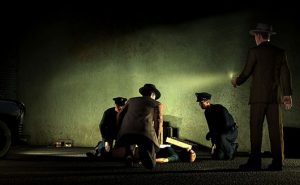
The cast is led by Mad Men’s Aaron Stanton as Cole Phelps, the rookie cop and World War II hero who is LA Noire’s protagonist. The corrupt cops, hustlers, small time hoods, snake-like politicians and Hollywood hotshots that he encounters during the cases that make up the game’s story are brilliantly brought to life by a host of familiar television and film actors.
The combination of their top-notch voice acting and motion-capture performances with the Motion Scan technology offers a level of believability that we haven’t seen in a videogame before.
The facial animation technology also plays a central part in LA Noire’s gameplay. Phelps’s casework revolves largely around interrogating witnesses and suspects to uncover the truth about crimes he is investigating. A facial tic or an averted gaze usually signals that the witness is lying.
Cole can choose to believe a witness, press for more information, or accuse him of lying. Making the wrong choice could alienate a potentially cooperative witness or allow a suspect slink off without disclosing everything he knows.
Cracking a case with a five-star rating is deeply satisfying, though it seems that the game’s story will end in much the same place as brilliant or inept as your detective work is. Sadly, the rest of LA Noire’s gameplay mechanics are not nearly as engaging as the interrogations.
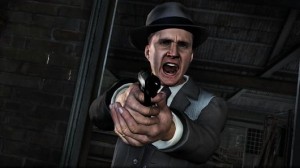
Cole must search crime scenes for evidence that will put him on the trail of the right suspect. Clue-hunting simply involves walking around a crime scene waiting for a tell-tale vibration of your controller that will signal that you can take a closer look at an object.
Occasionally, you’ll be able to manipulate the object to solve a straightforward puzzle. Annoyingly, you’ll spend a lot of time looking at carrots, champagne glasses and crumpled cigarette boxes, which as Cole will helpfully tell you, have no bearing on the case. Heavy Rain and Condemned both did a better job with this sort of detective mechanic.
Each case is punctuated with a few action sequences such as shootouts and chases on foot or in vehicles. These sequences are simplistic and heavily scripted, so they’re not particularly challenging or exciting. In a concession to people who don’t usually play videogames, you can skip the action sequences with no penalties once you have failed them a couple of times.
LA Noire’s least successful component is its open-world trappings. Compared to the West of Red Dead Redemption, 1947 Los Angeles feels lifeless and empty. Though the city’s landmarks are lovingly recreated in the game, the few side missions LA Noire offers outside its story cases are dull. The game would have been better off if Bondi had ditched the free-roaming element completely.
Of course, LA Noire is supposed to be about the story rather than the gameplay. Its storytelling and writing are good (here’s the damning qualifier) for a videogame. But forget it, Jake, it’s not Chinatown. This is a game that desperately wants to be taken seriously. It occasionally feels a little flat and humourless in its earnestness.
Though LA Noire has many brilliant moments, McNamara often seems unsure about how to unpack his classic film noir story within the confines of a videogame. The game suffers from plodding pacing in the middle and then rushes to tie up its loose ends.
Major revelations about plot and character come out of nowhere, and many strands of the plot are tied up in a curiously offhand manner. Broads, dames, and femme fatales are central in any film noir, so the clumsy handling of the female characters in LA Noire is also disappointing.
On the plus side, the period detail is wonderfully captured in the game’s script. It’s hard to fault the attention to detail since the developers have clearly marinated themselves in their influences. McNamara’s intriguing depiction of a web of corruption with the powerful at its centre borrows liberally from James Ellroy and Roman Polanski.
Graphics 8/10
Believe everything you have heard about LA Noire’s stunning facial animation technology. The game also recreates 1947 Los Angeles in loving detail in its open-world environment.
Sound 9/10
Excellent voice acting, an atmospheric score, and classic jazz cuts – this is the classy sort of stuff for which Rockstar is famous.
Gameplay 6/10
LA Noire doesn’t quite nail its blend of action and adventure game mechanics. Gameplay is somewhat uneven, repetitive and simplistic.
Value 8/10
There’s about 15 to 20 hours of play in the cases that make up game’s main story, some of which are worth revisiting for a better rating. The open-world distractions are hardly worth the bother.
Overall 7/10
LA Noire is a brave attempt to use the medium to tell a character-driven story, but it is let down by uninvolving gameplay and a padded running time. Despite its blemishes, it is a game that deserves a look for its cutting-edge technology and mature storytelling.
Historical characters like the gangster Mickey Cohen weave in and out of the story and many of the cases draw on classic film-noir plots or real-life events like the Black Dahlia killings. And even though Cole Phelps is a bit of a dour jerk, he is one of the most complex and interesting characters you’re likely to encounter in a videogame.
LA Noire is a Rockstar game, which means the soundtrack is predictably excellent. In shops and in Phelps’s car, you’ll hear classic period music on the radio from the likes of Hank Williams, Dizzy Gillespie and Duke Ellington. The jazzy original score — by Sade’s keyboard player, Andrew Hale — is also authentically smoky. — Lance Harris, TechCentral
- Reviewed on PlayStation 3. Also available on Xbox 360. Read Digital Foundry’s comparison of the two versions.
- Subscribe to our free daily newsletter
- Follow us on Twitter or on Facebook


